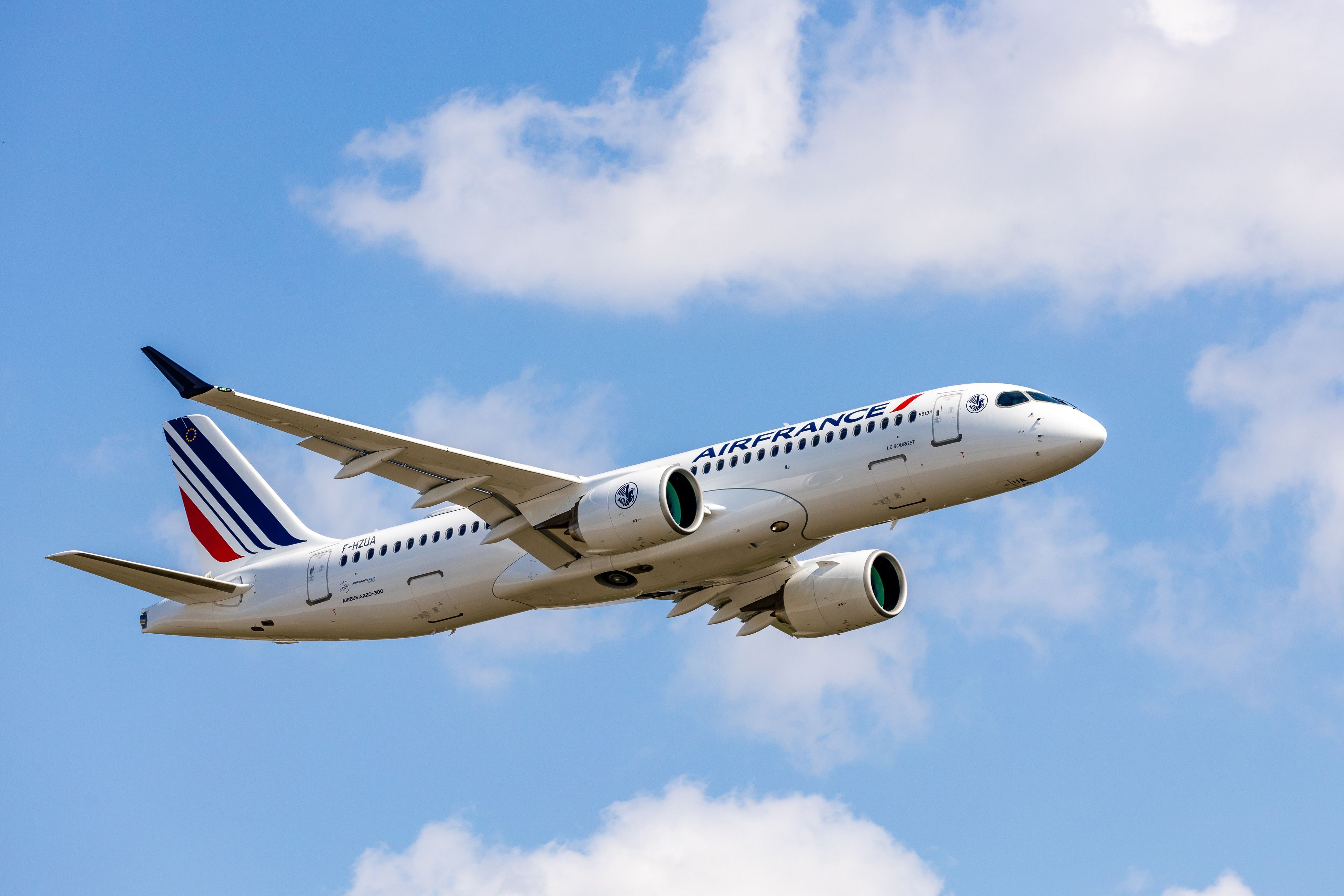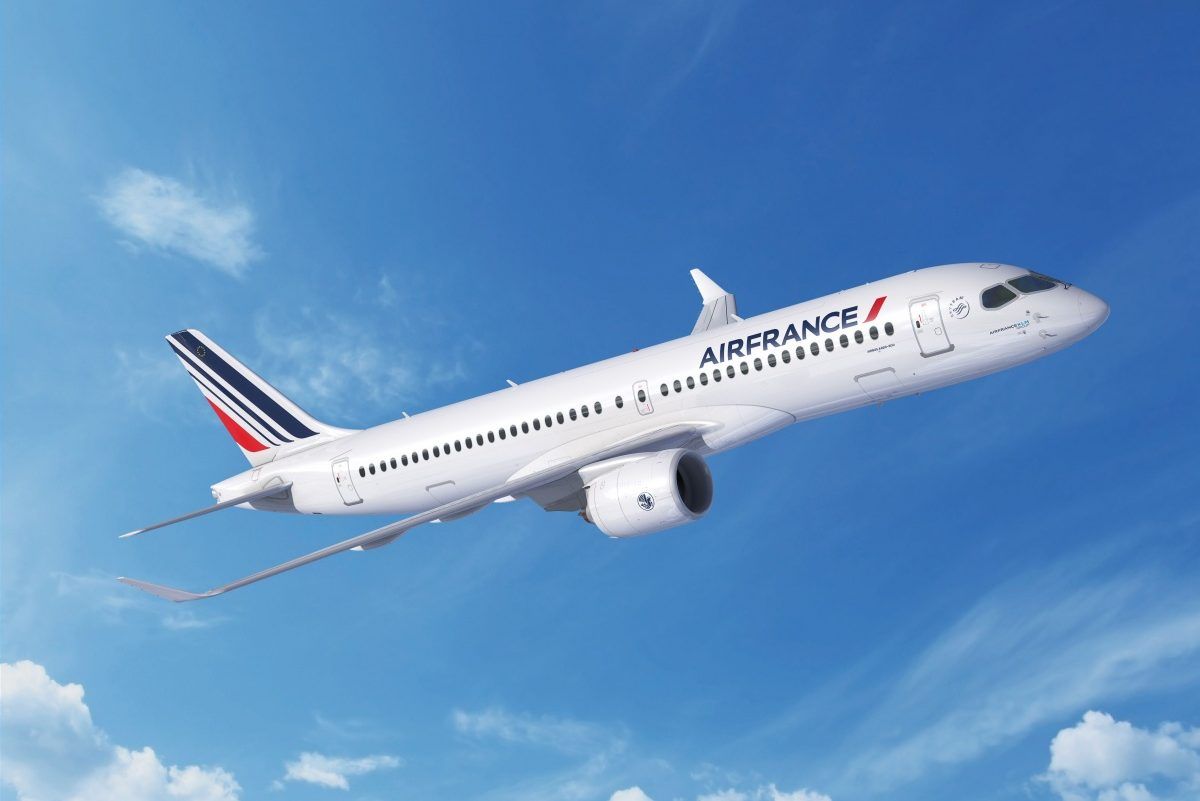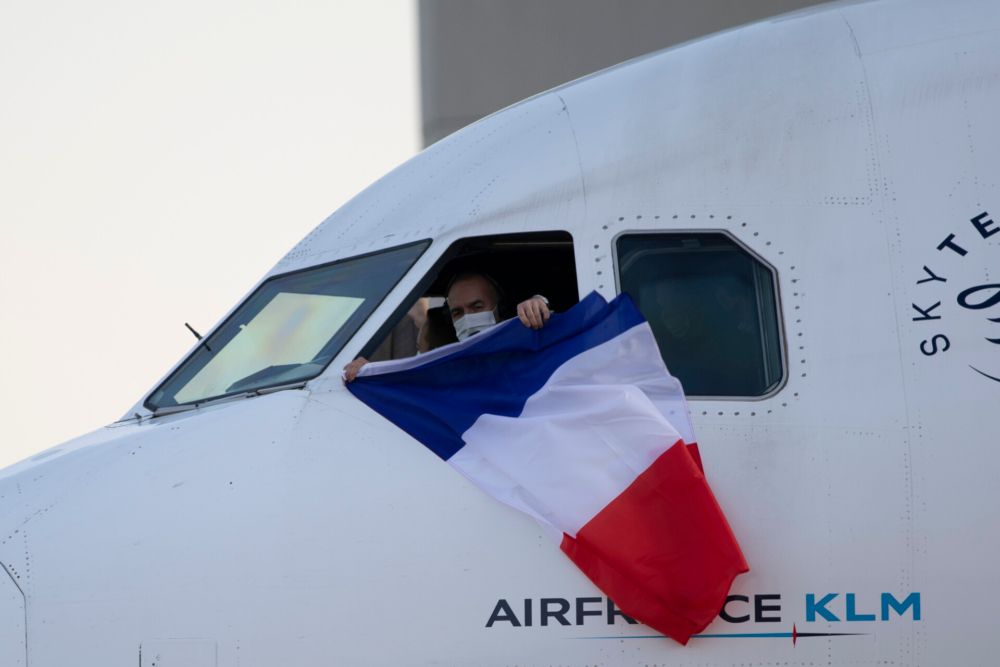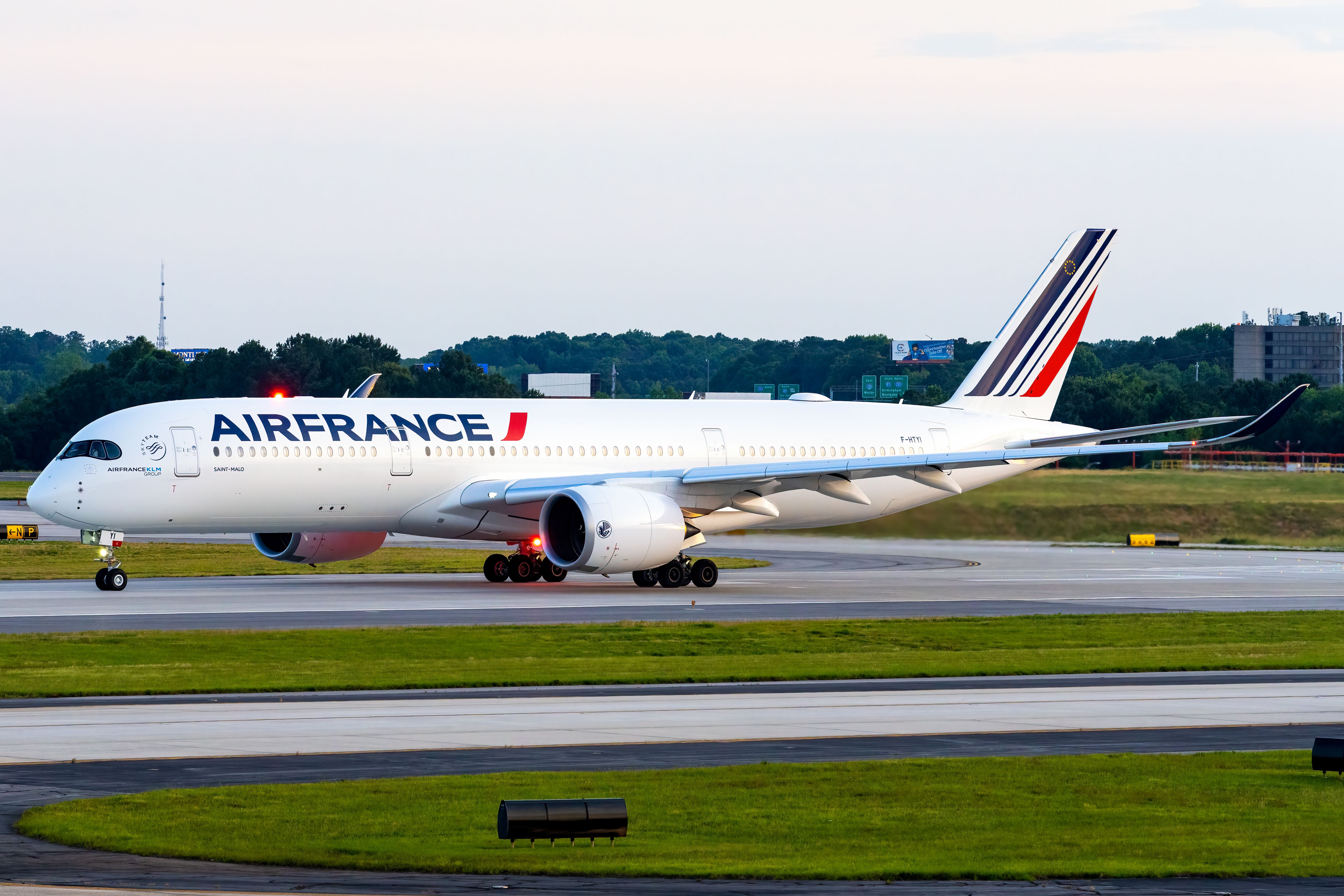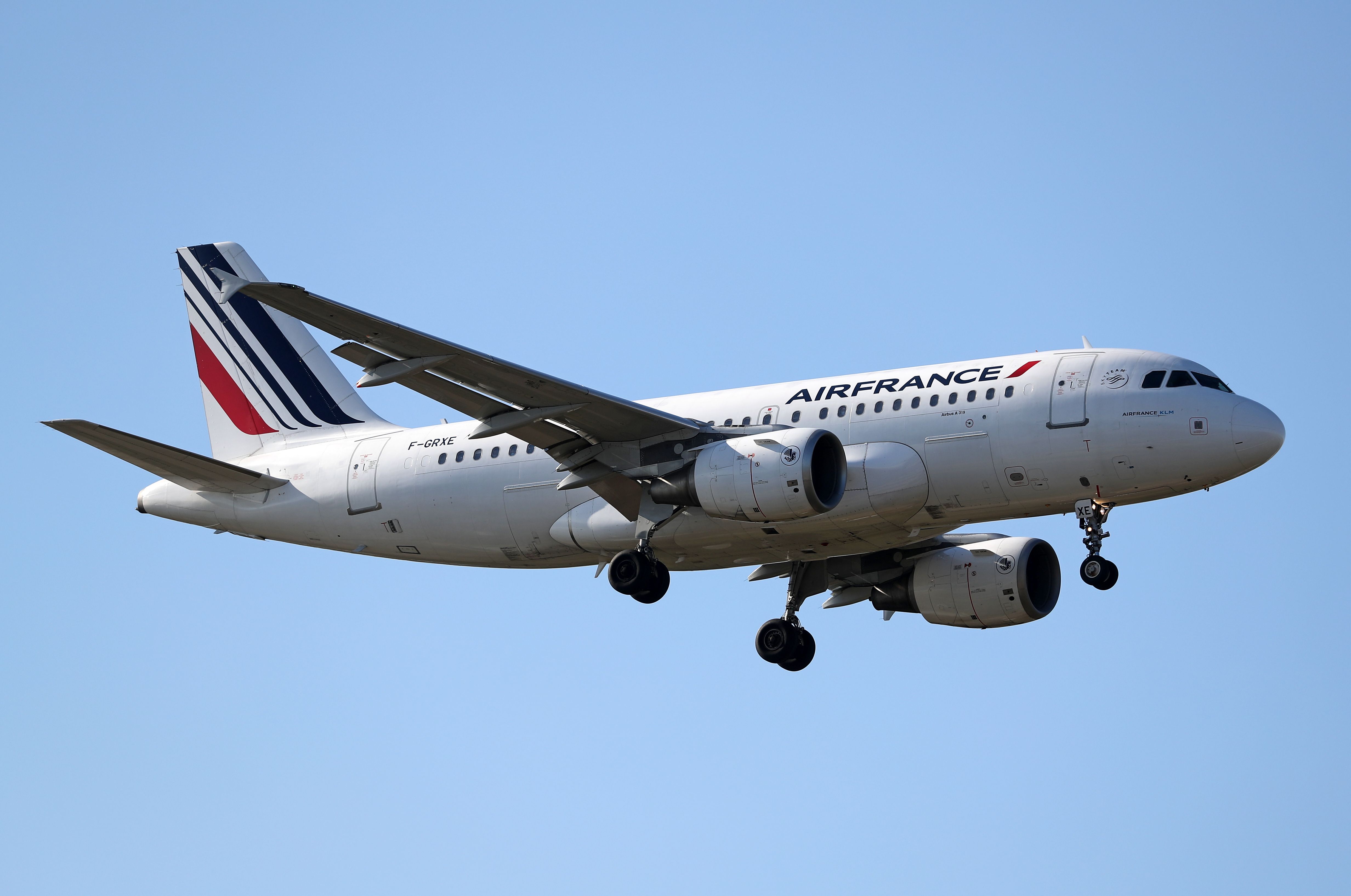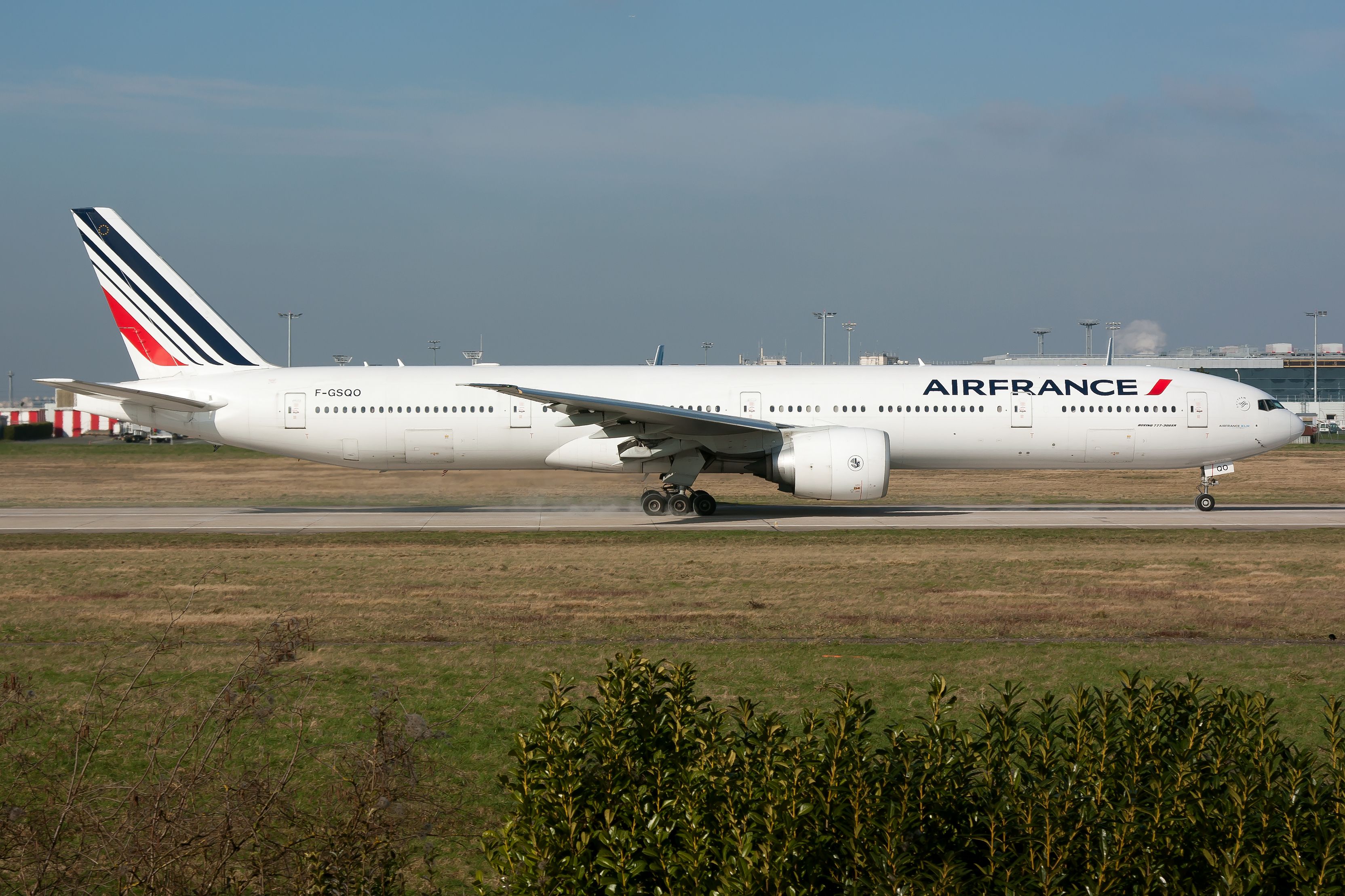Most of the airline industry agrees that it's time to clean up its emissions act. After several individual net-zero targets, IATA reached a consensus on an industry-wide goal of 2050 last year. ICAO is expected to make similar pledges during its general assembly come fall.
However, how various carriers intend to get there and what interim targets they are setting on the way differ somewhat. On Wednesday this week, the French flag carrier launched 'Air France ACT', laying out the airline’s new CO2 emissions reduction strategy.
Targeting direct and indirect emissions along with carbon capture
In the strategy, Air France has identified three areas of priority. These are to reduce direct emissions generated by the airline's operations, reduce indirect emissions generated upstream and downstream of the company’s activities, and support projects that absorb CO2 from the atmosphere. In a statement, the airline said,
“Air France ACT” embodies the transparent, pragmatic and science-based approach adopted by the company to ensure its environmental transition through concrete and measurable actions."
30% by 2030
The first stop on the way is a 30% reduction in CO2 emissions per passenger/km compared to 2019 levels by 2030. Notable is that this target excludes offsetting practices and instead focuses entirely on reducing direct and indirect emissions. The trajectory for the 2030 goal has been set by the independent reference organization Science-Based Target initiative (SBTi).
The SBTi was founded by the Carbon Disclosure Project, the United Nations Global Compact, and the World Wildlife Fund. It uses best practices to help organizations set goals for greenhouse gas emissions reduction to lessen their impact on climate change. It has set targets for the aviation industry in line with the Paris Agreement, aiming to keep global warming under +2°C.
Five categories for 2050
Then, of course, there is the big mid-century objective - the net-zero CO2 emissions by 2050. For this, the airline says it is 'activating all the decarbonization mechanisms it has at its disposal', and has divided these into five categories.
Fleet renewal
Unsurprisingly, fleet renewal will play a significant role in the quest to shave off emission percentages. Air France's fleet currently has an average age of 14.3 years, with the older Airbus A319s inching close to 24 and some of the A321s approaching 28. By 2030, Air France says the more fuel-efficient newer models, particularly the A220 and the A350, will make up 70% of the fleet instead of the current 7%.
This, the airline says, is thanks to an investment strategy of one billion euros per year from now until 2025. Air France already has an order for a total of 60 Airbus A220s, of which it has taken delivery of eight thus far. It will also receive an additional 22 A350-900s, adding to the 16 already in the fleet. The 100-strong order for the A320neo family placed in December will go to sister carrier KLM and budget subsidiary Transavia.
Sustainable Aviation Fuel
Like so many other airlines, Air France is also betting big on the scaling of sustainable aviation fuel (SAF) to help reach its net-zero targets. Since the beginning of the year, and in accordance with French legislation, the airline has incorporated at least 1% SAF across its flights originating in France. By 2030, it intends for it to be 10%. As dictated by the EU's 'Fit for 55' proposal, Air France means to operate its flights to 63% on SAF by 2050.
In May last year, the airline collaborated with Airbus, French oil giant Total (now rebranded as TotalEnergies), and airport operator Groupe ADP (Aéroports de Paris) to operate the first long-haul flight on SAF produced in France. Air France flight 342 operated from Paris-Charles de Gaulle for Montreal with an A350 powered by a 16% biofuel blend, saving 20 tons of CO2 emissions.
Last month, TotalEnergies commenced SAF production at a third location in France, adding Normandie to the list, which previously included the La Mède and Oudelle biorefinery plants. The company will also start producing SAF at its Grandpuits zero-crude platform southeast of Paris from 2024. Bernard Pinatel, President of Refining and Chemicals at TotalEnergies, said,
"By announcing the start-up of SAF production at a new site in France, we are responding to strong demand from the aviation industry to reduce its carbon footprint. We are also confirming our commitment to support customers by offering innovative solutions to reduce their emissions. This commitment is fully aligned with the Company's climate ambition to get to net zero emissions by 2050, together with society.”
Data driven operation optimization and eco-piloting
Air France will also employ artificial intelligence (AI) to help improve flight planning. Other eco-piloting techniques will include taxiing only with one engine when possible and cooperating with air traffic control authorities to increase the prevalence of continuous descent. Some trials suggest that the latter could save about 400 kg of fuel per arrival - a win-win for airlines and the environment alike.
Find more Simple Flying aviation news here.
Waste management
By the end of this year, Air France will have eliminated 90% of single-use plastics compared to 2018. The airline also says it favors local and seasonal produce for the catering on its flights and in lounges when possible. It also offers customers a pre-selection of dishes before the flight in the long-haul premium cabin to reduce food waste.
Unconsumed food worldwide is responsible for between 8% and 10% of greenhouse gas emissions. According to IATA's Cabin Waste Handbook, in 2017, airlines carried 5.7 million tonnes of cabin waste - about a quarter of which was unconsumed food and beverages. In value, that adds up to about $3.9 billion. Other airlines, such as Lufthansa and easyJet, are using AI algorithms to reduce waste by optimizing and personalizing their inflight meal offerings.
Intermodality
Finally, Air France says that as part of 'ACT", it will focus on developing intermodal transport, notably by increasing its partnership with French national rail operator SNCF. Meanwhile, the French 'ban' on short-haul domestic flights seems in practice to be more of a guideline. While some services have indeed been canceled, others have increased in frequency to protect the national airline's competitiveness vis-a-vis foreign carriers.
Evolving process relying on cooperation across sectors
While Air France talks about supporting projects that remove CO2 from the atmosphere, so-called carbon capturing, there is no mention of this - or, interestingly enough, carbon offsets - in the immediate five priorities. However, the airline does acknowledge that it is an evolving process, albeit guided by the ambition to be in line with scientific benchmarks. Air France further added,
"Decarbonising aviation will be difficult and will take time. This process relies on close cooperation between the different stakeholders: aircraft manufacturers, engine manufacturers, fuel suppliers, airports, air traffic control, public authorities, research institutes, and academia."
What do you think of Air France's decarbonization ambitions? Leave a comment below and join the conversation.

